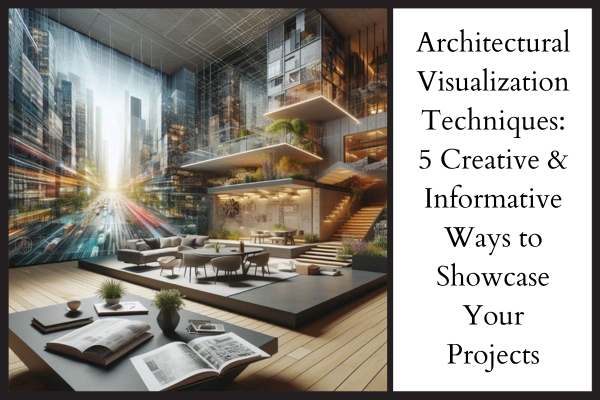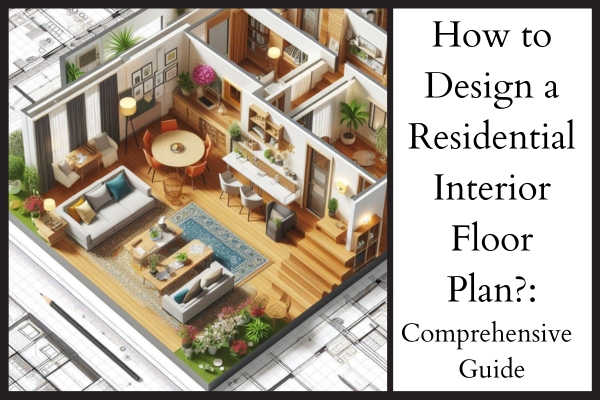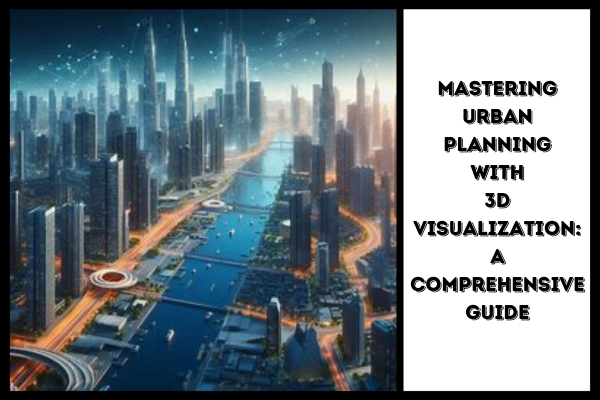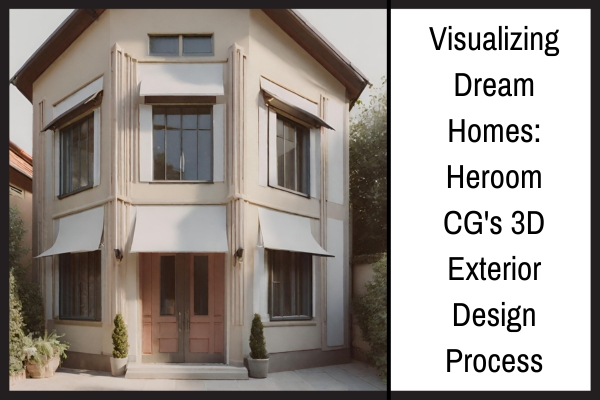In the dynamic field of architecture, where ideas manifest into tangible structures, the importance of effective communication cannot be overstated. Architectural visualization serves as the visual language that bridges the gap between concept and reality. Let’s delve deeper into each technique to uncover the intricacies of elevating your architectural visualizations.
1. Strategic Lighting for Dramatic Impact
Mastering the interplay of light is an art that can transform your architectural visualizations. Opt for bold lighting contrasts to create a dramatic impact. Illuminate key elements with warm hues while enveloping surrounding areas in cooler tones. This not only adds depth but also guides the viewer’s eye to focal points. Experiment with different lighting scenarios, such as the warm glow of sunset or the starkness of midday sun, to breathe life into your renders and make them visually arresting.
Consider incorporating dynamic lighting effects, like shadows and reflections, to simulate different times of the day. This technique not only adds realism but also showcases the adaptability of your designs in various lighting conditions.
2. Embrace Photorealistic Textures for Authenticity
Incorporate photorealistic textures into your visualizations to achieve realism that resonates with clients and stakeholders. Whether the rough-hewn charm of weathered stone or the smooth surfaces of contemporary interiors, these textures bring a tactile quality to your renders. Not only do they enhance the visual appeal, but they also provide a tangible sense of the materials and surfaces used in the design.
Dig deeper into texture mapping techniques like bump and normal mapping to add finer surface details. This attention to detail not only communicates authenticity but also showcases the craftsmanship and thoughtfulness invested in your architectural projects.
3. Interactive 3D Walkthroughs for Immersive Experiences
Take engagement to the next level by integrating interactive 3D walkthroughs into your architectural presentations. Utilize advanced technology to allow clients and stakeholders to explore virtually every facet of your designs. This immersive experience fosters a profound connection with the project, enabling stakeholders to envision themselves within the space.
Explore using virtual reality (VR) and augmented reality (AR) technologies to create an even more immersive experience. By enabling users to interact with the virtual environment, you give them a sense of ownership and involvement in the design process, making your projects memorable and shareable.
4. Showcasing Design Evolution Through Timelapse Visualization
Give your audience a glimpse into the intricate journey of your architectural projects by incorporating timelapse visualization techniques. Showcase the evolution of your designs, from initial conceptual sketches to the final construction phase. This not only provides a captivating narrative but also offers transparency into the design process.
Consider breaking down the timelapse into key milestones, emphasizing the decision-making process and challenges overcome. This storytelling approach not only captivates your audience but also instills confidence in your ability to navigate complex design scenarios.
5. Narrative-driven Animations for Compelling Storytelling
Elevate your architectural visualizations into compelling narratives by incorporating narrative-driven animations. Craft a story around your project, emphasizing its unique features and design philosophy. Whether it’s the seamless integration of nature or the innovative use of sustainable materials, weaving a narrative adds depth and emotion to your visualizations.
Consider collaborating with a scriptwriter or storyteller to create a compelling narrative that aligns with your design ethos. This collaboration ensures that your animations not only visually impress but also communicate a cohesive and memorable story, making your projects resonate with a broader audience.
In conclusion, the mastery of architectural visualization lies in the harmonious fusion of creativity and technology. You can create visualizations that transcend the ordinary by strategically implementing bold lighting, photorealistic textures, interactive walkthroughs, timelapse visualizations, and narrative-driven animations. These techniques not only showcase designs but also provide an immersive experience, leaving a lasting impression on clients and stakeholders. Embrace these strategies, and witness how your architectural visualizations become powerful tools in the arsenal of a standout architect.








